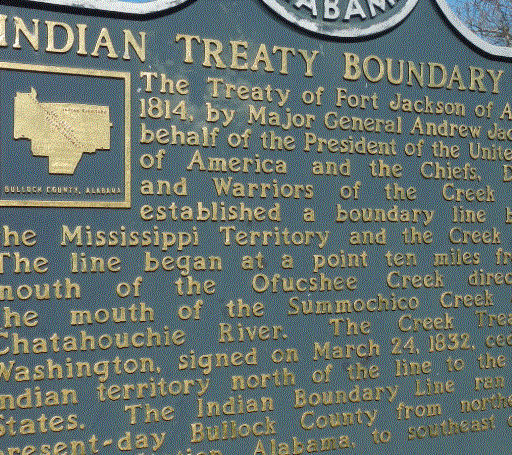Strategic Alliances and Trail of Broken Treaties 1700-1799
1778
U.S. treaty period with Native tribes begins

“One of the most significant acts by those colonies was the decision to negotiate an agreement with militarily powerful Indian tribes, either to gain the tribes’ alliance or, at least to ensure the tribes’ neutrality in the imminent revolutionary war. That act set the stage for dealing with the tribes through formal government-to-government agreements such as treaties. Between 1789 and 1871, the primary instrument for relations between the United States and Indian nations was the treaty” (Monette, 1996). In 1778, the Continental Congress makes its first treaty with the Lenape (Delaware) Nation, promising to admit the Lenape Nation as a state. It is the first treaty between the newly formed United States and an American Indian tribe. Tribal nations continue to be sovereign equals with the United States through 1828 (Native Voices, "1778: The first U.S. treaty with an American Indian tribe is ratified").